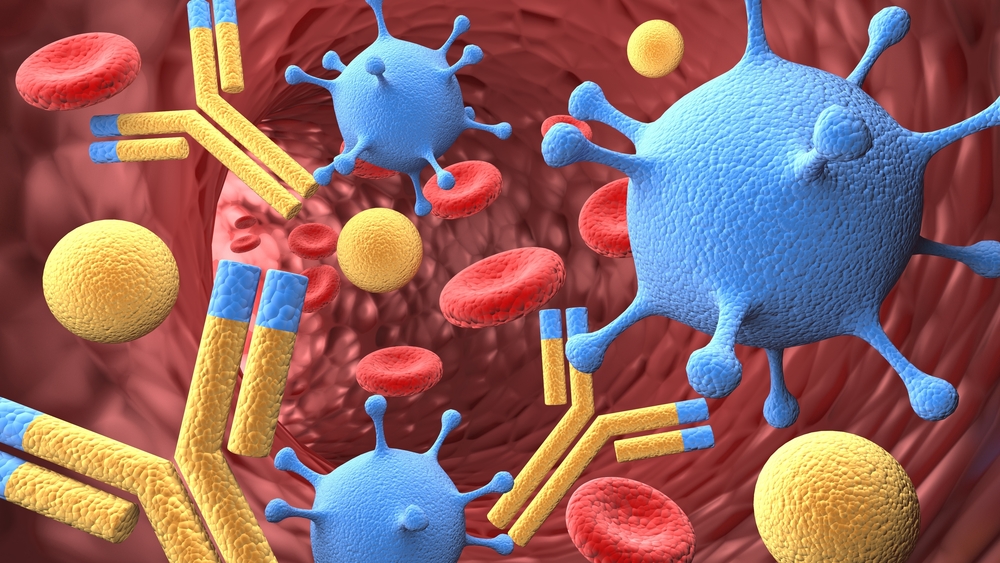SLE Pathogenesis and Imbalances in T-cell Signaling
Written by |

A recent review summarized the current knowledge on how unbalanced T-cell signaling characterizes systemic lupus erythematosus (SLE) disease. The review study, titled “Disturbed T Cell Signaling and Altered Th17 and Regulatory T Cell Subsets in the Pathogenesis of Systemic Lupus Erythematosus,” was published in the journal Frontiers in Immunology.
SLE is an autoimmune disease characterized by the production of autoantibodies (produced by our immune system and that mistakenly target and react with our own tissues or organs), failing to distinguish between “self” and “non-self.” In SLE, the autoantibodies generated are mainly targeting nuclear components, in particular, chromatin (a complex of DNA and proteins that forms chromosomes within the nucleus of our cells). In fact, SLE patients carry in their blood immune complexes of chromatin and autoantibodies that, when deposited in tissues, induce inflammation and damage.
Researchers summarized current knowledge on the role of autoreactive T cells, immune system cells that play a key role in SLE. They specifically focused on T-cell signaling, T-helper 17 (Th17) cells, and regulatory T cells (Tregs) in the development of SLE.
In SLE, TCR signaling (a molecule found on the surface of T cells that activates them in response to a foreign substance) is aberrant, with expression levels of TCRζ decreased in SLE patients, leading to downstream alterations in the signaling cascade. These include increased expression of a molecule called tyrosine kinase Syk in the T cells of SLE patients, leading to inflammation. Furthermore, defects in TCR are also associated with disturbed calcium signaling. Altogether, this unbalance culminates in hyper-responsive autoreactive T cells.
The number of autoreactive Th17 cells in SLE patients is also increased. Importantly, Th17 cells have recently been reported to induce tissue inflammation and damage. Another class of T cells, the Tregs, responsible for maintaining immune homeostasis and preventing immune cells’ hyperactivation, are present in lower numbers and have compromised functions.
The authors highlight that most studies suggest a disturbed balance between Th17 cells and Tregs in SLE patients, underlying disease pathogenesis. However, additional research is necessary to clarify how the interplay between Tregs, Th17 cells, and other cell subsets leads to SLE, work that may potentially translate to new disease therapeutics.




